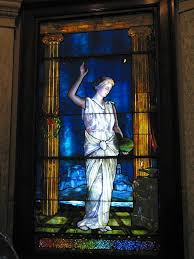Cameel Halim is a well established Chicago area real estate executive who guides CH Ventures, LLC. With a longstanding passion for timepieces and objects of art, Cameel Halim and his wife recently opened the doors of the Halim Time and Glass Museum.
An October 2017, Daily Northwestern article described the Evanston, Illinois museum as offering a “step back in time,” with its colorful corridors filled with antique stained glass and exquisite clocks. In all, some 1,100 timepieces from locales around the world reside in the collection. The first floor is dedicated to stained glass windows and provides examples of some of the finest pieces from the American school.
The museum’s second floor is home to the diverse array of timepieces that range from those commissioned by Catherine the Great and Napoleon Bonaparte to Egyptian sundials. Also included are timekeeping devices such as automatons, chronometers, pocket watches, and tower clocks. The unique value proposition presented by the museum is that it represents a rare private collection spanning the breadth of the full history of timekeeping, in a way that ties together cultural and economic narratives.

